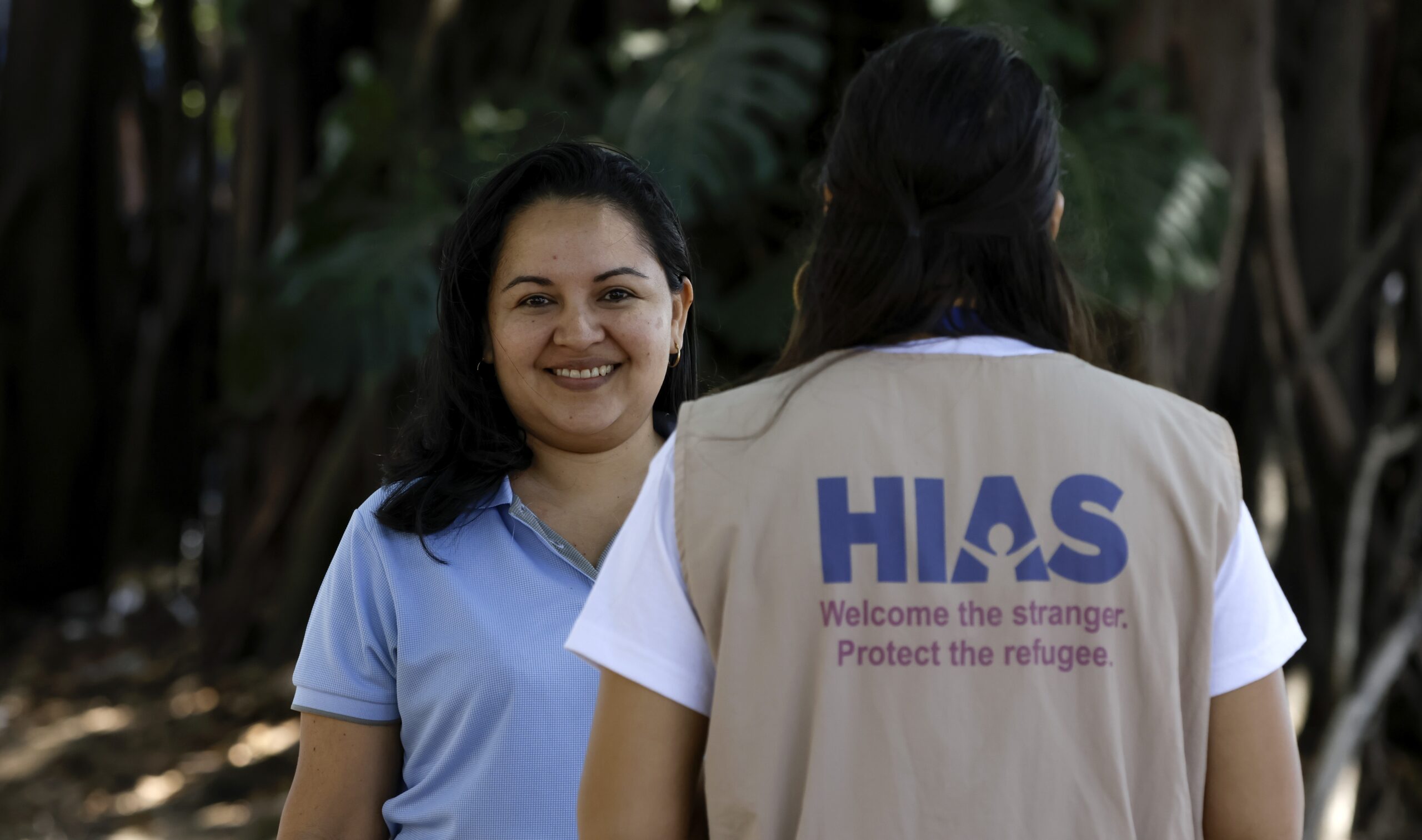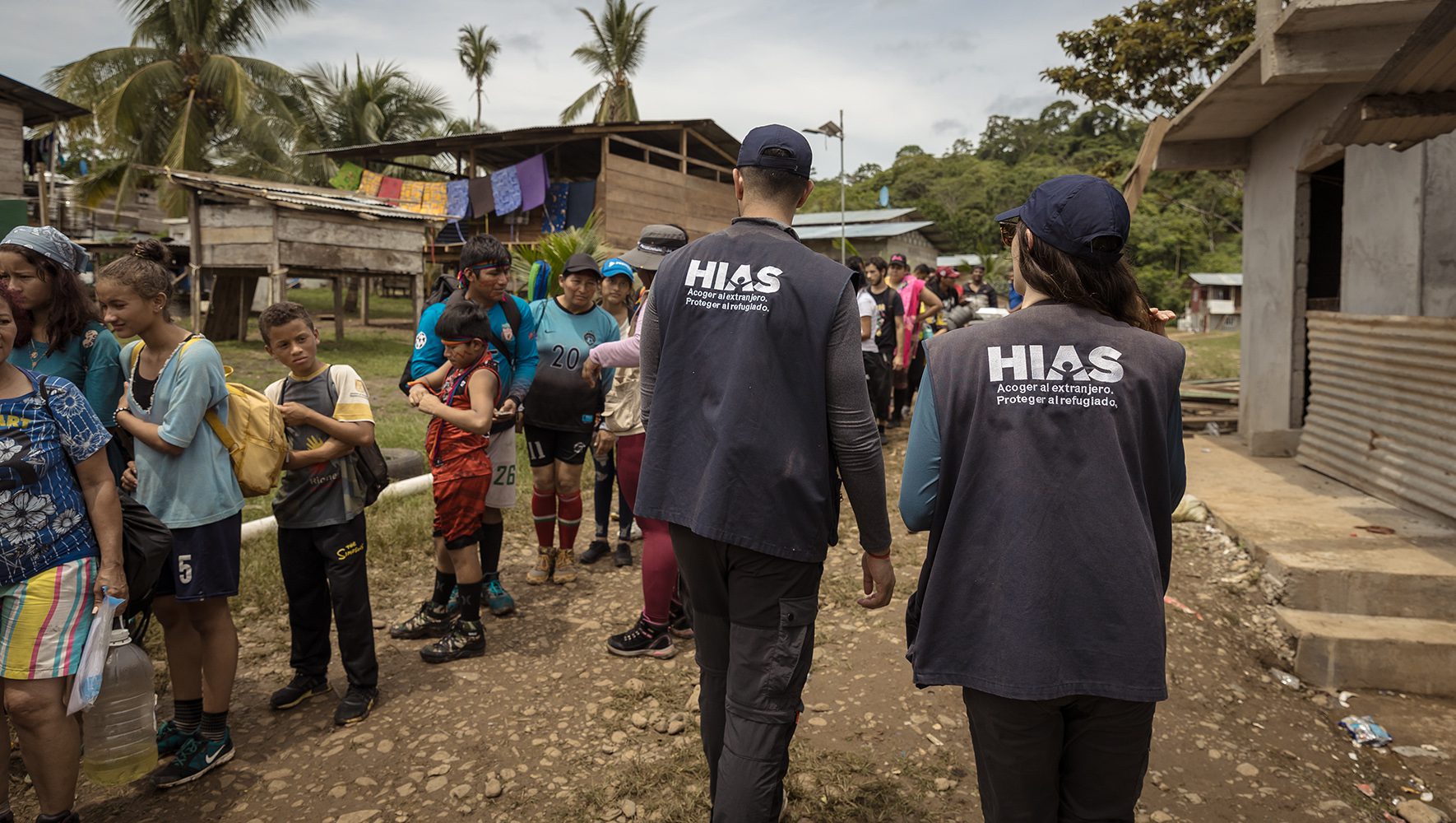Refugees and the Crisis of ISIS
Jun 25, 2014
To commemorate World Refugee Day on June 20, 2014, the United Nations High Commissioner for Refugees (UNHCR) released the 2013 Global Trends Report. The trends were bad, with the number of refugees and internally displaced persons (IDPs) fleeing violence and persecution surpassing 51.2 million. These include 16.7 million refugees who have been forced to flee their country, 33.3 million internally displaced within their own country, and 1.2 million persons who have applied for political asylum. According to UNHCR, not since the Second World War have so many persons been displaced by ethnic cleansing, political violence, religious or social intolerance.
What distinguishes today’s refugees from those of World War II, however, is that many are not fleeing direct oppression by governments. Rather, they are running away from violent groups that governments are unwilling or unable to control: forces like the FARC in Colombia, the Taliban in Afghanistan and Pakistan, and the gangs of Central America that have recently caused tens of thousands of children to flee to the Unites States. As the UNHCR Global Trends report was being prepared for release, Northern Iraq was being overrun by a Sunni militant force most of us had never heard of: ISIS (the Islamic State in Iraq and Syria). The takeover by ISIS triggered a massive show of force by a Shi-ite militant group, the Mahdi Army, which had terrorized US and coalition troops while they were in Iraq. We are now likely to see even greater mass displacement of Iraqis fleeing religious intolerance.
The so-called jihad being waged by ISIS, the Mahdi Army, and other terroristic forces will, of course, only make the number of refugees further exceed those following the Second World War. There was, however, one deceptively positive trend identified in the High Commissioner’s 2013 report. According to the report, over the course of the year, the number of Iraqi refugees plummeted from 745,900 to nearly half that number, 401,000. This is not, however, the good news it appears to be: In 2013, most of these Iraqi refugees, it appears, had to flee back to Iraq from Syria. They were not able to safely return to their homes, so they are now living as internally displaced persons.
Then, just before World Refugee Day 2014, hundreds of thousands of people terrified by ISIS fled from Mosul with nothing but the clothes on their backs. As high as the numbers are in the UNHCR Global Trends Report for 2013, the numbers are already much higher for 2014.
What is HIAS advocating that the United States and the international community do? It needs to work with the government of Iraq, its neighbors, and the UNHCR to ensure that those who flee their homes have a “safe humanitarian space” in which to live until they can return home, integrate locally, or be resettled to a safe third country. It will not be cheap, it will not be easy, but it must be done.





